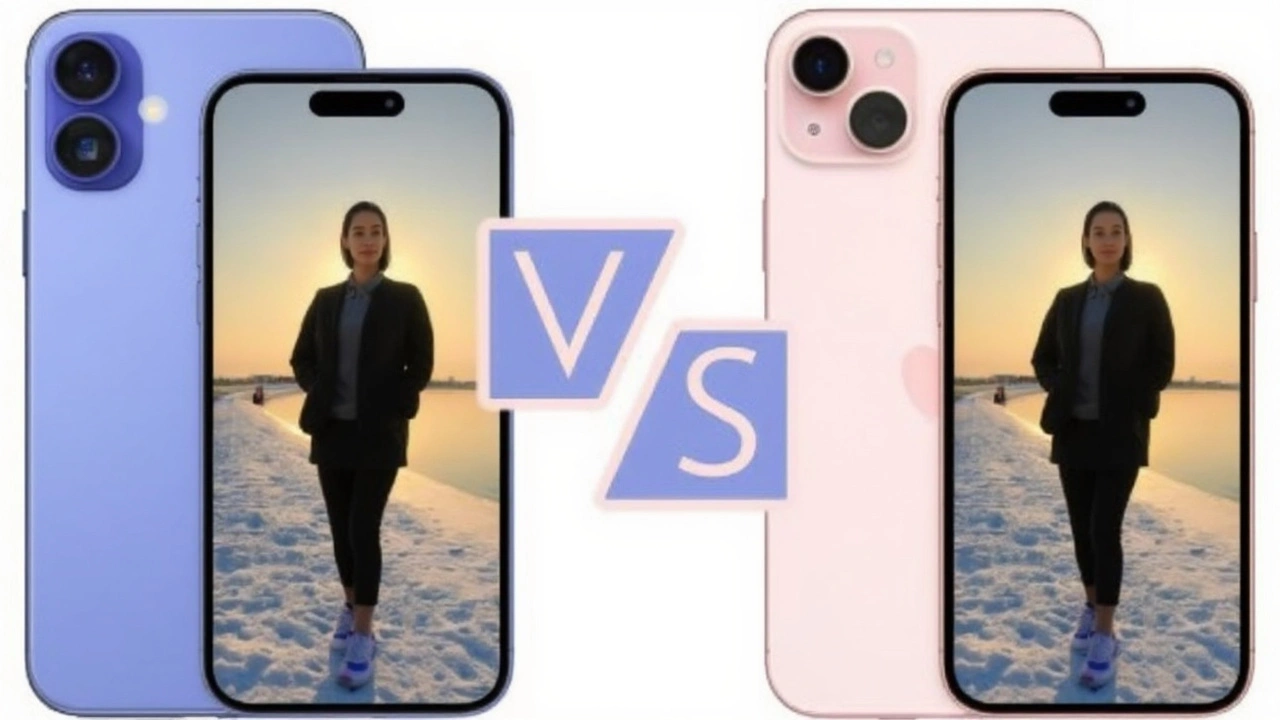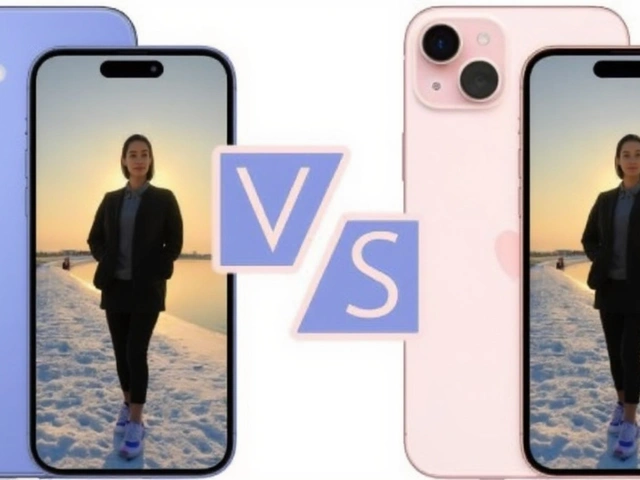iPhone 16 vs iPhone 15: Which Apple Phone Offers Better Value and Performance?

iPhone 16 vs iPhone 15: Breaking Down Apple's Big Choices
If you’re eyeing a new iPhone, you might be stuck between the latest iPhone 16 series and last year’s iPhone 15. Apple brought a mix of surprises this year, making the decision less straightforward than you’d think.
Let’s start with price—always a dealbreaker. The entry-level iPhone 16e lands at just $599, undercutting the iPhone 15’s starting tag of $699. If stretching your money is the goal, the 16e already looks pretty tempting. But once you get past the sticker shock, what do these two phones actually offer?
Under the hood, the iPhone 16e rocks Apple’s new A18 Bionic chip, built for power and efficiency. It’s got a 4-core GPU for a smoother overall experience. Gamers and multitaskers will notice snappier app launches, less lag, and generally stronger performance. The iPhone 15 still holds its own with the tried-and-tested A16 chip, but it’s no match for the newer silicon when you’re really pushing the device.
Battery life gets a healthy boost on the 16e, rated up to 26 hours—a sweet upgrade over the iPhone 15’s range, which bottoms out at 20 hours depending on use. Long-distance travelers and heavy streamers, this could solve a ton of headaches for you.
Now for the bells and whistles. The Action button on the 16e drops the classic mute switch and gives you a customizable shortcut—launch the camera, start a voice memo, flick on the flashlight, or get creative. There’s support for wind noise reduction and new audio features like Audio Mix, making calls and recordings clearer no matter where you are. Both smart and practical upgrades fill out the 16e’s toolbox, including smart home Thread protocol and Ultra Wideband for even faster device-to-device connections.

Design, Display, Camera, and Connectivity: The Details That Matter
Both phones sport Apple’s always-popular OLED screens, but the iPhone 15 edges ahead with its peak brightness of 2,000 nits in HDR—great for those always outdoors, or who just love a seriously vivid screen. The iPhone 16e still shines bright, but is capped at 1,600 nits for HDR. The 15 also keeps its Dynamic Island for interactive notifications, while the 16e leaves that feature out, which may matter if you’re hooked on Apple’s fun interface touches.
Photographers will want to take a close look at the camera game. The iPhone 15 has a clear hardware advantage with a 48MP ultra-wide camera, sensor-shift image stabilization for super steady shots, Macro mode for close-ups, and Cinematic mode for those dramatic home movies. If you want hardware that pushes photos and video further, this is the route. By comparison, the 16e focuses more on smarter processing—helpful for everyday snaps, but you’ll miss out on the creative options packed into the 15.
Connectivity is another spot where the iPhone 16e leaps forward. Apple’s new C1 modem means faster, more reliable 5G and Wi-Fi, plus tighter integration with smart home gear through Thread protocol. If you’re keen on future-proofing your setup, or already deep into smart devices, this might tip the scale toward the 16e.
Design-wise, the devices won’t turn heads at a glance—both hold onto Apple’s polished aluminum-glass build. The 16e sheds just enough weight to feel a bit lighter in pocket. Color fans might prefer the iPhone 15, which comes in more shades, but that’s down to personal taste.
So, if cutting-edge performance and modern features (at a friendlier price) are what you want, the iPhone 16e is a hard value to ignore. But for people who treat the iPhone like a pocket camera, or can’t give up features like Dynamic Island, the iPhone 15 still has its edge. If the standard iPhone 16 drops close to the middle price, it could end up being the easiest compromise for those who want to balance camera hardware and next-gen features without breaking the bank.
